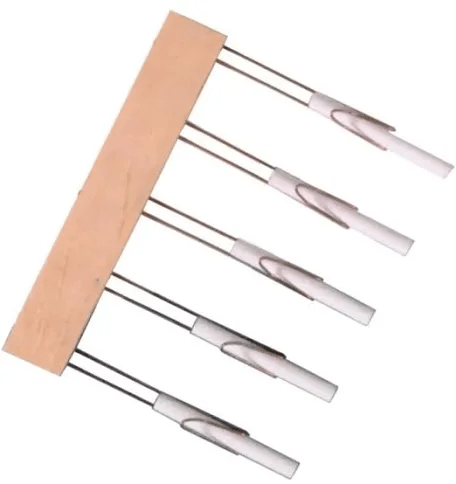Name the term being shown in this video.
What are dynamics?
Name the note pitches found in the spaces of the treble clef.
What is FACE?
This broad field studies music through its history, theory, and cultural impact.
What is musicology?
Explain what a quarter note represents in terms of beats.
What is one?
This short musical idea or phrase is often repeated and developed throughout a composition, serving as a building block for the melody.
What is motive?
Describe how you can create variation in a musical motives by chopping them up.
What is fragmentation?
Explain why different instruments use different clefs in written music.
What is range?
Involves the study of the theoretical, scientific, and psychological aspects of music, including acoustics and cognition
What is Systematic Musicology ?
Describe the time signature for music that has two beats per measure, with each beat being a quarter note.
What is 2/4?
Describe the difference between a motive and a theme in music.
What is length?
In an orchestral composition, one important process involves assigning specific musical parts to various instruments, creating a rich and balanced sound throughout the ensemble.
What is orchestration?
This note, found near the center of the piano keyboard, serves as a crucial reference point for pitch and musical notation in many compositions.
What is middle-C?
Focuses on the study of music's development over time, examining periods, composers, and styles.
What is Historical Musicology?
This system uses symbols like clefs, notes, and rests to visually represent pitch, rhythm, and dynamics in music.
What is music notation?
This segment of time in written music is defined by bar lines and contains a specific number of beats, organizing the rhythm of a piece.
What is measure
One of the key elements in music dictates the speed at which a piece is played, setting the mood and energy of the composition.
What are tempo?

What is a Blackboard Staff Liner?
This field of study focuses on developing an understanding and enjoyment of music by exploring its elements, history, and cultural significance, enhancing one's ability to listen critically and thoughtfully.
What is appreciation?
Create a rhythm pattern using quarter notes, eighth notes, and rests, and describe how it fits into 4/4 time.
What is quarter-eighth?
This symbol placed at the beginning of the staff indicates the pitch of the notes written on the staff.
What is clef?
Analyzing elements such as tempo, dynamics, and articulation can provide insight into the overall character and emotional expression of a musical performance.
What is mood?
This symbol in music notation raises a note by a half step, altering its pitch.
What is sharp?
This field of study explores how music reflects cultural identity, beliefs, and practices around the world
What is ethnomusicology?
Explain how rests contribute to the rhythm and flow of a piece of music.
What is silence?
This essential element in music involves the arrangement of sounds and silences over time, creating patterns that drive the flow and feel of a piece.
What is rhythm?